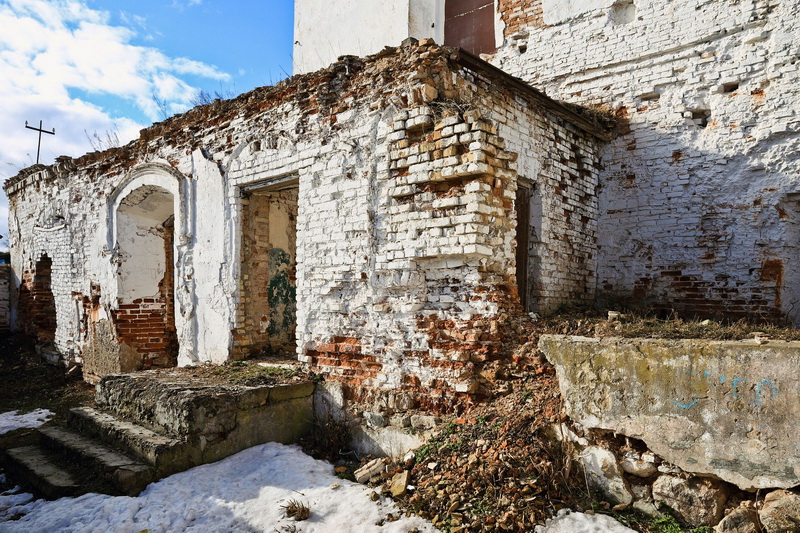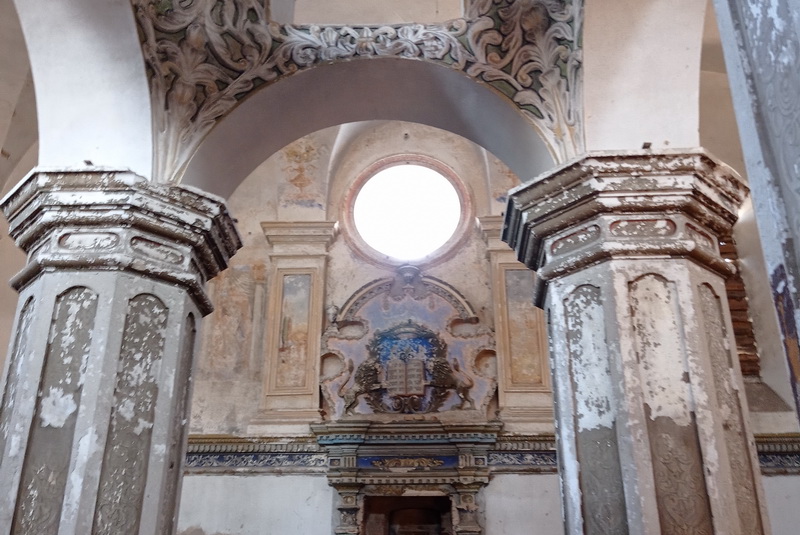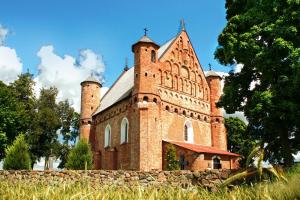The synagogue, erected in 1642-1648, experienced changes during its operation, reflecting the evolution of the Jewish community of Slonim itself.
In the 18th century it acquired a high baroque pediment and a bimah was erected.
In the 19th century, extensions were added to the western and eastern facades. And the very presence of an extension on the side of the eastern facade, where the Torah ark was located, is a rather unusual solution for the architecture of synagogues in Eastern Europe.
By the middle of the 19th century, the Slonim Jews had 7 synagogues and 14 prayer houses, and their number was 72.5% of the total population of the city.
In the first half of the 20th century, another reconstruction took place: a new women's gallery was added directly in the prayer hall. The move reflected the changing status of women in the community and attempts to emulate the great synagogues in Europe.
During World War II, the synagogue building was used as a warehouse for German agricultural machinery. The legendary Nyonya Tsirinsky hid weapons among the equipment, which were then handed over to the partisans.
During communism, after World War II, the one-story outbuildings were used as retail outlets, and the main hall was used as a warehouse for a furniture store.
An interesting feature of the area is the multi-confessional ensemble, viewed from various vantage points: the synagogue itself, the Church of the Immaculate Conception of the Blessed Virgin Mary with the Monastery of Bernardines and the Holy Transfiguration Cathedral. Not far from the synagogue is the Church of St. Andrew, which in many ways repeated the fate of the synagogue: it suffered during the First and Second World Wars, and later under communism was used as a salt warehouse.
The synagogue in Slonim is a great heritage of Jewish culture and the historical and cultural value of our country.





